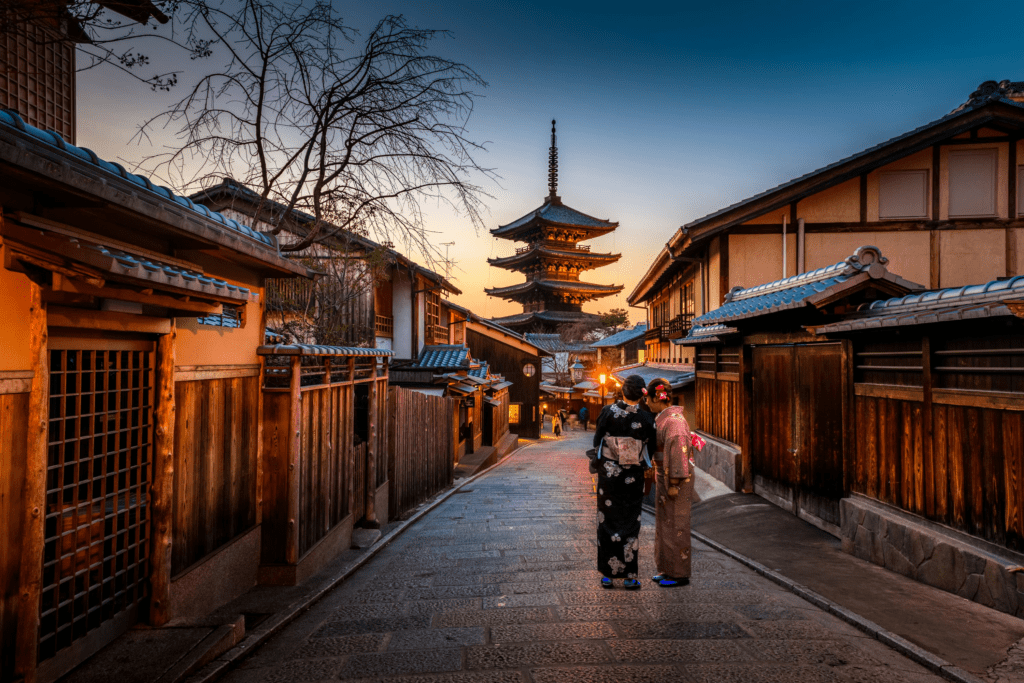Japan is aiming to have its ancient capitals, Asuka and Fujiwara, located in today’s Nara Prefecture, recognized as UNESCO World Heritage sites in 2026. These sites include 19 significant locations, such as old palace ruins and ancient burial mounds, from the late 500s to early 700s AD. Deputy Chief Cabinet Secretary Keiichiro Tachibana highlighted that these sites show how Japan’s early government system was formed during East Asia’s ancient state-building period.

Understanding the Historical Significance
The Asuka and Fujiwara areas were central to Japan’s early development. From 592 AD, when Empress Suiko began her reign, until 710 AD, these regions served as the imperial capitals. The archaeological sites in Asuka include remnants of ancient palaces and cultural landscapes that offer insights into Japan’s early political and cultural transformations.
The Fujiwara capital, which was established in 694 AD, was modeled after Chinese city planning and became the foundation for later capitals, including Heijo-kyo (modern-day Nara). These cities played a crucial role in shaping Japan’s administration, religious practices, and artistic traditions.
The UNESCO Nomination Process
To have a site recognized by UNESCO, a country must first list it on its Tentative List, an inventory of important natural and cultural sites within its borders. After this, the country can prepare a detailed Nomination File for evaluation. This file is assessed by advisory bodies like the International Council on Monuments and Sites (ICOMOS) and the International Union for Conservation of Nature (IUCN). These organizations then make recommendations to the World Heritage Committee, which decides whether to inscribe the site on the World Heritage List.
For the Asuka and Fujiwara sites, an on-site survey by a UNESCO advisory panel is expected around fall 2025. The World Heritage Committee will then discuss the nomination in the summer of 2026 to determine if the sites will be added to the list.
Criteria for World Heritage Listing
UNESCO has specific criteria for selecting World Heritage sites. A site must meet at least one of these criteria to be considered of “Outstanding Universal Value.” These criteria include representing a masterpiece of human creative genius, exhibiting an important interchange of human values, or bearing unique testimony to a cultural tradition.
The Asuka and Fujiwara sites are believed to meet these criteria by showcasing the early development of Japan’s centralized administrative framework and reflecting significant cultural exchanges in East Asia during ancient times. Their urban planning, architecture, and burial sites provide important clues about the development of Japan’s early governance, trade, and diplomacy.
Preservation Efforts and Community Involvement
Preserving these ancient sites is crucial for understanding Japan’s history. The “Ancient Capitals of Asuka and Fujiwara” encompass 22 components, including palace ruins, tombs, and cultural landscapes. Conservation efforts involve local communities, government agencies, and cultural organizations working together to maintain and protect these sites for future generations.
Community involvement is essential in these preservation efforts. Local residents, scholars, and volunteers participate in various activities, such as site maintenance, educational programs, and cultural events, to promote awareness and appreciation of these historical sites. These efforts ensure that the knowledge of Japan’s early capitals is passed down to future generations.

The Importance of World Heritage Status
Achieving UNESCO World Heritage status brings international recognition and can enhance efforts to preserve and promote cultural heritage. It can also boost tourism, providing economic benefits to local communities. However, it also comes with responsibilities to ensure that the site’s Outstanding Universal Value is maintained through proper management and conservation practices.
For the Asuka and Fujiwara sites, World Heritage status would acknowledge their significance in human history and highlight their role in the early development of Japan’s political and cultural systems. It would also encourage ongoing efforts to protect and study these sites, ensuring that they remain a valuable resource for future generations.



